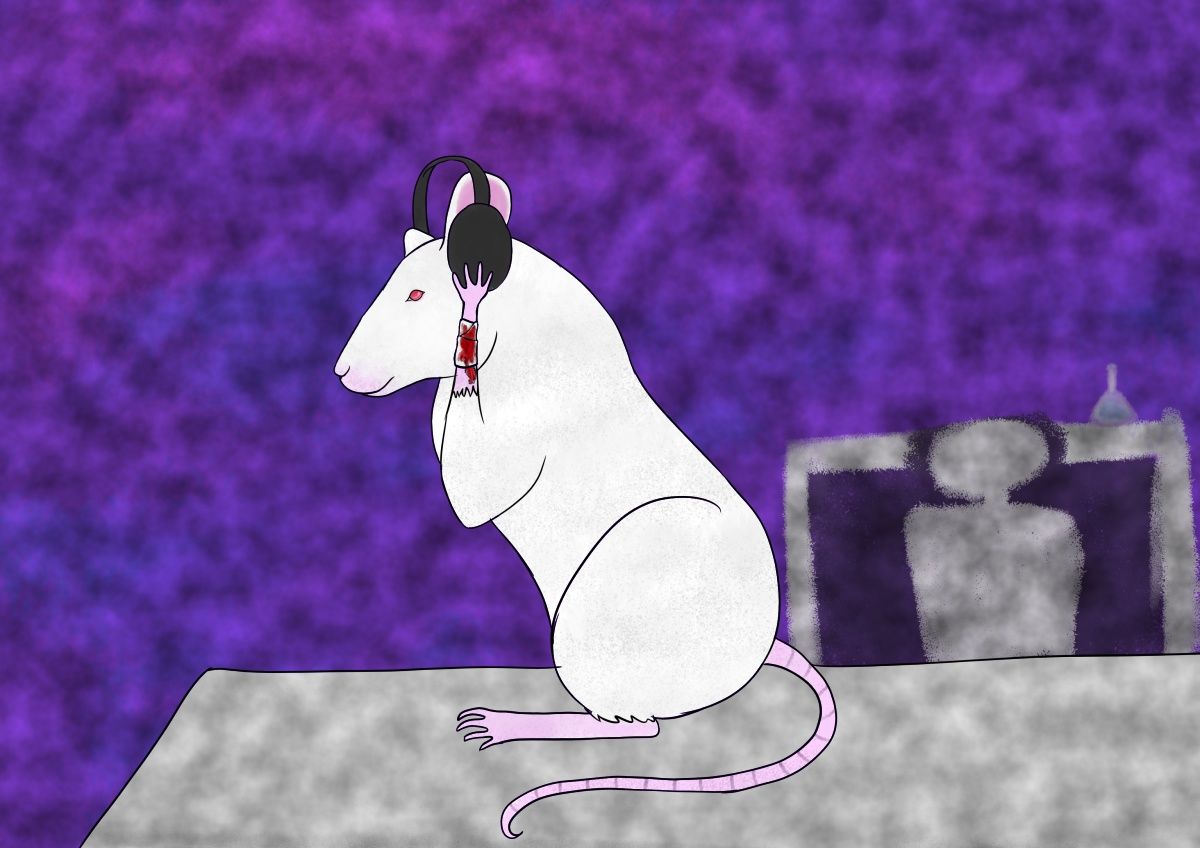Resonant
The neuroscientific connection between sound and feeling.

The neuroscientific connection between sound and feeling.
It can be described as gnawing or tearing. It can also be described as heavy and dull. Or bright, like needles, like ice, like fireworks. When a doctor asks a patient to rate their pain on a scale of 1 to 10 it’s often impossible to do so, simply because pain engages so completely with all of our other senses that no two people will describe it in quite the same way. Usually it doesn’t matter how we choose to describe it, we just want it to go away.
It’s also unique among sensory phenomena in that it may not necessarily directly correspond to the magnitude of the threat it’s meant to convey to our brains and back to our bodies. Many sufferers of both migraine and clinical depression report a curious phenomenon called cutaneous allodynia — the transformation of previously neutral or benign sensations such as water falling on one’s skin during a shower, or slight changes in temperature, into extremely painful stimuli. Because it is influenced by so many complex physical and emotional factors, pain can be both difficult to characterize and difficult to control.
Opioids are powerful and effective in acute pain management, acting directly at the level of the nervous system to dial down its intensity from the top down. These drugs also come at the cost of high addiction and overdose risk, and most pharmaceutical agents of anesthesia or pain relief push a precarious boundary between a temporary or permanent state of unconsciousness.
One inventive answer to this problem was the appearance in dentist’s offices in the mid-20th century of a device called the Audiac. Essentially a portable stereo that allowed patients to choose a soundtrack for their unpleasant dental procedures, it turned out to be a simple but effective pain management strategy that didn’t require dangerous drugs. This same basic principle has endured in practice for decades, but no one really understood how or why it worked.
Enter our old friend the lab mouse. With the help of fluorescent proteins and miniature microscopes, a group of researchers peered into the brains of mice to understand how pain and sound are related. They started out by subjecting the mice to what they estimated were either “pleasant” or “unpleasant” sounds for brief periods, piping a brief snippet of a jubilant piece of classical music into their cages through tiny speakers, and then an uncomfortably distorted version of the same piece. At the same time, the mice were subjected to brief, mildly painful stimuli.
To their surprise, they found that the mice didn’t care what they were listening to when it came to pain relief. What mattered more was the volume. In fact, white noise won out over either piece of music when it came to pain relief. Other studies have indicated that they really prefer peace and quiet above all, and are mildly annoyed by the sound of the human voice — and really, who can blame them?
In a mouse, the most reliable measure of whether or not a stimulus is painful is how long they’re willing to tolerate it before they try to get away from it. It’s easier to assess pain in people, since we have the old reliable if inherently imprecise 1–10 pain scale, but also more complicated from a neurological perspective.
Since we have tools available to us to observe the activity of very specific parts of the brain while a mouse is performing a task, experiencing pain, or listening to Bach, researchers have been able to determine that the auditory cortex, where sound it processed, is tightly linked to regions associated with pain, stress, and the “fight or flight” response. Here, the researchers saw direct links between the auditory cortex, where sound is processed, and areas within the thalamus that code for touch, temperature, movement, and pain sensation, and relay that information to other parts of the brain. Silencing these circuits also seemed to silence their pain.
Studies in humans have found that music can be quite effective as a complementary pain management strategy in both chronic and acute settings. Moreover, one recent study found that the degree to which music was effective at reducing pain relied on the freedom of the individual to choose what they listened to — agency itself has pain relieving properties. And the same studies also suggest that the ability to fix one’s focus on something other than their pain — to literally “tune it out” — is a critical element of the pain-relieving properties of sound.
The popularity of white noise machines, soothing ocean sounds, or the entire pastel-tinted genre of New Age music that emerged from the 1980s attest to the same basic principle that immersing yourself in a different sensory experience can take away some of the power that pain holds over your subjective experience of reality. Music therapy has been used to good effect as supportive care for pain and stress among infants and new parents in neonatal intensive care units — but simpler still and potentially just as effective is the sound of a mother’s heart beating.
Since pain is so nebulous and subjective, studies in mice can only show us small pieces of a more complicated neurochemical puzzle. So, while white noise playlists are unlikely to replace good old-fashioned ibuprofen as the frontline treatment for acute pain, science and popular culture are increasingly converging on inventive ways to encourage our bodies to help themselves. As we gain greater insight into its internal circuitry, the pain control toolkit could expand beyond traditional pharmaceutical approaches.
